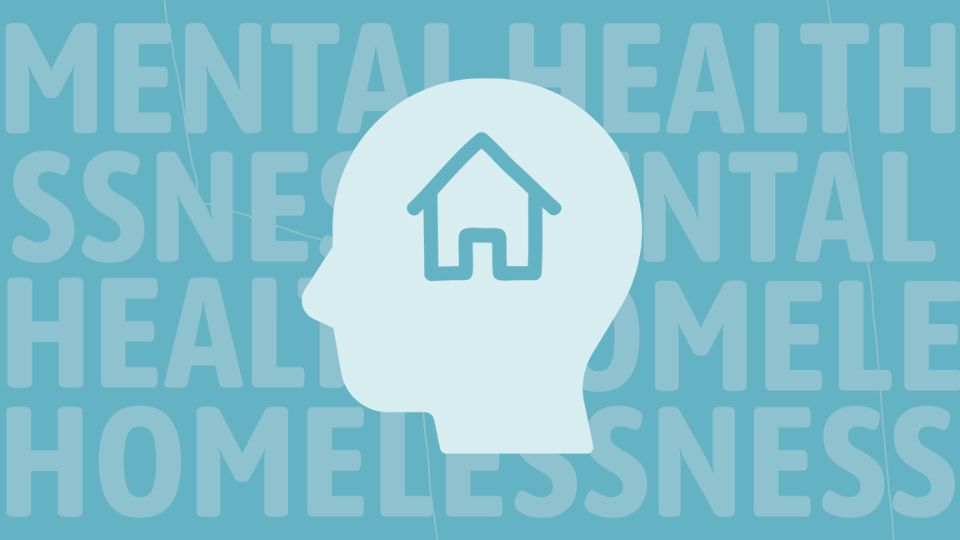When entered Joseph’s House, a night shelter in the Bergen Square neighborhood six years ago, I was talking to their executive director, John Klein, when I saw a woman enter the building. When I first saw her, I thought she was a social service provider who came to the facility to ask about a client or gather information about the shelter. However, it turns out I was mistaken. She inquired about the shelter’s hours of operation and whether she and her son could stay overnight. She politely took some items from the building and went back to the parking lot. Then, she got into her Subaru and drove away.
This woman was living in her car with her son because she had no other options and no one to help her. At that moment, I was surprised because the person I saw didn’t look like someone who was looking for a bed and a place to stay. Moreover, I believe that the inaccurate portrayal of a homeless person is often influenced by television and movies, which often depict them as being unstable, struggling with substance abuse, and dealing with mental health issues.
Many people are affected by these diseases, either individually or at the same time. However, they represent only a small portion of the population who are either living in shelters or are on the verge of homelessness. In 2022, there were over 1.2 million homeless students in public schools across the country.
Also Read: This Texas Veterinarian Helped to Crack the Bird Flu Mystery in Cows
Now, let me explain. In Camden County, the number of people without shelter decreased by 2% in 2023 to 141, according to the annual point in time count. However, we still have many individuals who are affected and living on the streets every day in the region. In New Jersey, the number of homeless people has increased by 17%. According to the federal government, last year had the highest number of unsheltered people recorded in the country since counting began in 2007.
All of this means that there are people who are facing difficulties, just like the woman I met in Joseph’s House. She didn’t match the typical image we have in our minds of someone who is struggling to find shelter. Furthermore, if that woman had been living out of her car there is probably a very good chance she was not captured in the annual count of homeless in the county.
Every day, we encounter people we know who are temporarily staying with others, living in shared spaces, or even living in their cars. However, these individuals are often not included in the official count of homelessness, so they are not part of the current conversation about the issue. These are people in our community who need help but often can’t access the services they need.
Also Read: Colombia Will Terminate Diplomatic Ties With Israel
In Camden County, we are working on finding ways to achieve functional zero homelessness for both residents and veterans, just like our counterparts in Bergen County. What does it mean for us in Camden County to achieve functional zero for chronic homelessness? Just like many other public health challenges, it means overcoming stereotypes and humanizing the issue.
Assisting our neighbors in their most desperate time of need means helping people who are struggling to keep their homes or who are already living on the streets. We have a moral obligation to our community and taxpayers to address this issue directly. Moreover, it is much cheaper for society if we can help individuals stay in their homes instead of having to provide costly services once they become homeless.



Leave a Reply